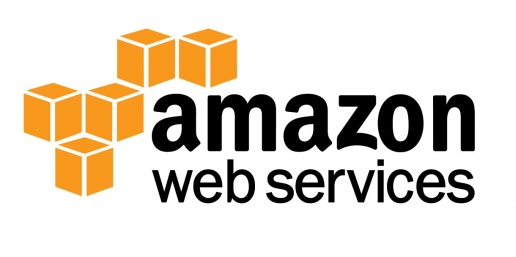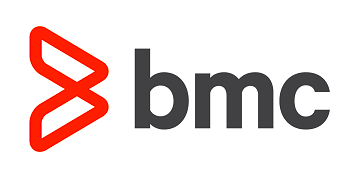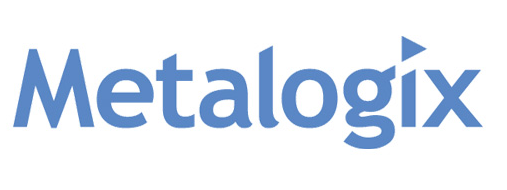In the information technology world, few buzzwords are more mystical than “cloud computing.” Sure, we use the cloud to access email and work files, and to do online shopping, but most people don’t consider the details of what’s happening behind the scenes to give us anytime, anywhere access to data and services. We simply expect it to work.
At its core, that’s what cloud computing is all about. It’s a model for enabling ubiquitous, convenient, on-demand network access to a shared pool of resources, whether they’re networks, servers, storage, applications or services, according to the National Institute of Standards and Technology. IT workers can rapidly provision and release those resources with minimal management effort or service provider interaction.
Although the concept of cloud computing isn’t new, the government’s growing commitment to buy IT as a service is fairly new. Today, about 8.5 percent, or roughly $7 billion, of the government’s IT spending goes to provisioned services such as cloud computing.
But there’s still a lot of confusion around cloud procurement, implementation and security that the public and private sectors are working to clarify. And another challenge for IT departments is that cloud removes their role as the gatekeepers of technology services. The ease of buying cloud solutions has “helped transfer buying power from IT to functional lines of business like marketing, finance and operations,” according to the research firm IDC.
“Security and regulatory remains the biggest barrier for cloud adoption across industries like government and financial services, while loss of perceived control over IT assets and massive legacy systems are also stumbling blocks for using cloud,” IDC found .
To help agencies overcome these barriers, GovLoop spoke with public-sector IT leaders about the latest cloud computing trends that will address these issues. Much progress has been made to gain efficiencies through cloud computing, but plenty of aspects of the cloud need further development.
“In the cloud platforms that are available to us today, there are a couple of missing pieces that we still need,” Federal Chief Information Officer Tony Scott said at a recent GovLoop training event. “We worked hard on the security piece, and I’m pleased with the progress there, but we also need highly scalable cloud services like workflow management and document management that we can start to build new applications on top of to displace the old legacy applications.”
In this guide, we explore the future of cloud computing and what it means for government. After reading this guide, you will gain a better understanding of:
- The latest trends in cloud adoption.
- New resources for negotiating cloud contracts and service-level agreements.
- Tips for improving cloud implementation and management.
- New tools and processes to secure cloud services.
- How to prepare the IT workforce for cultural changes associated with cloud.
Whether you are a novice or more advanced in your adoption of cloud computing, there is something in this guide for everyone.
 |
 |
 |
 |
 |
 |
 |






